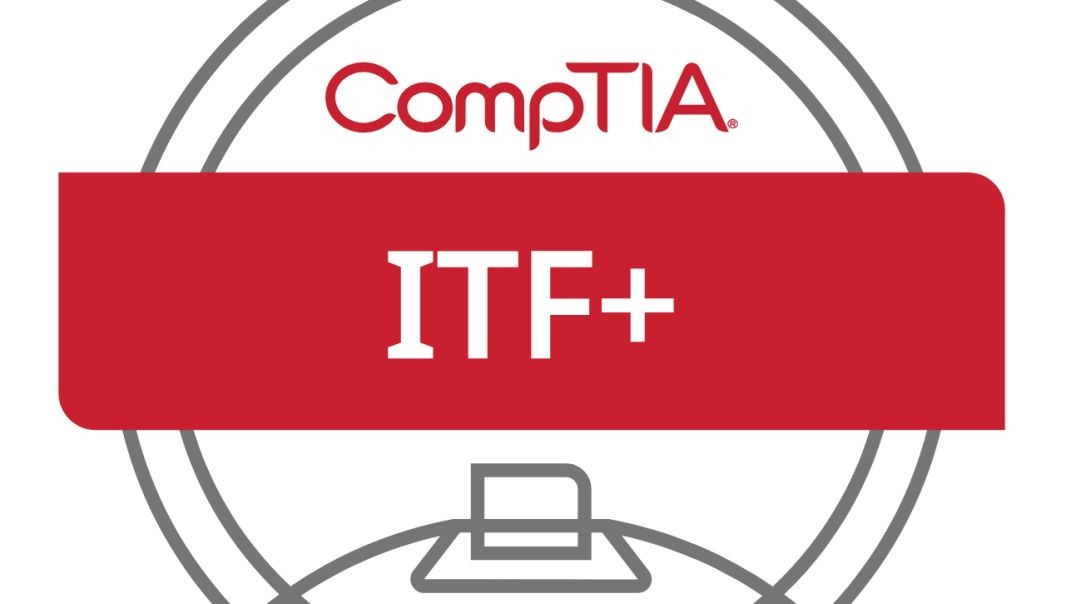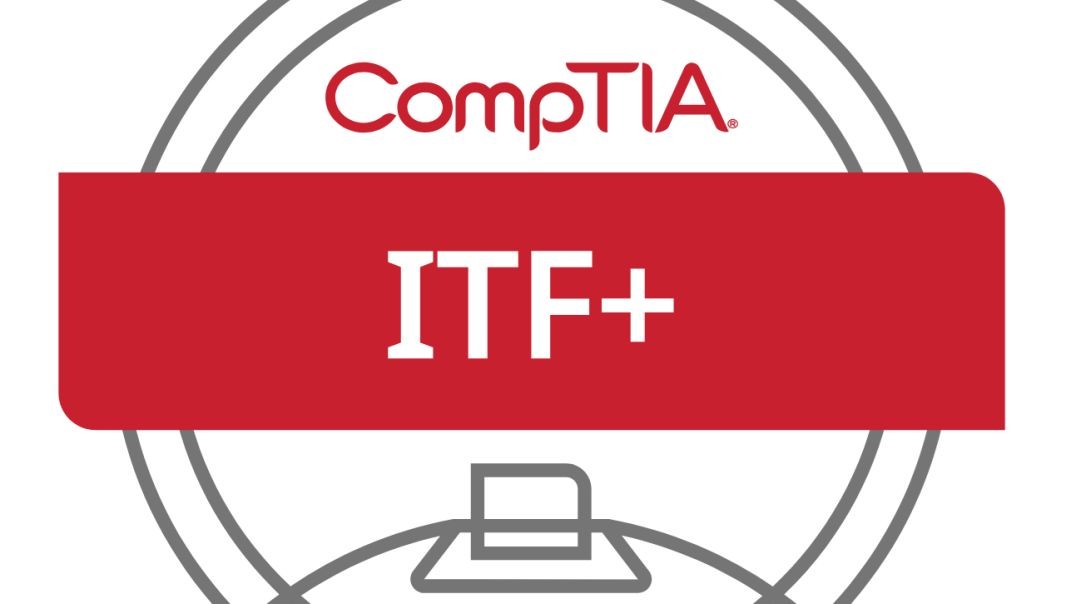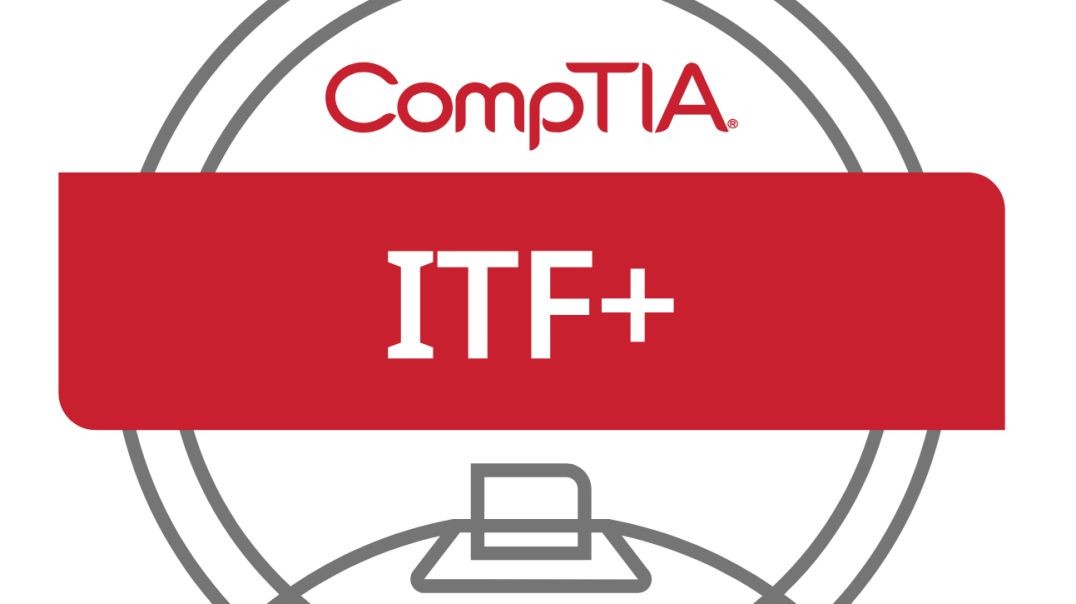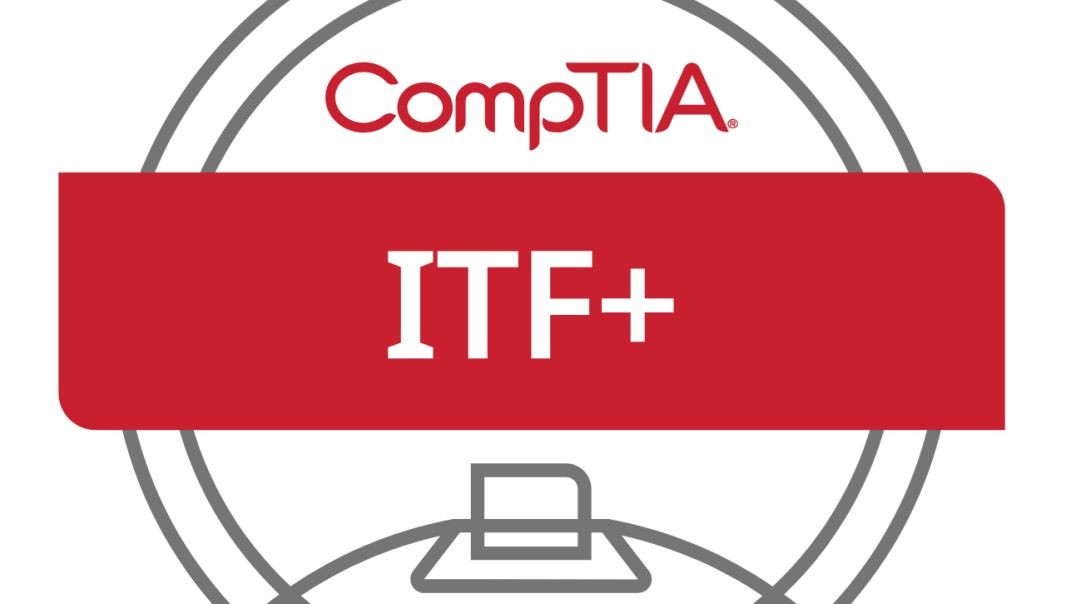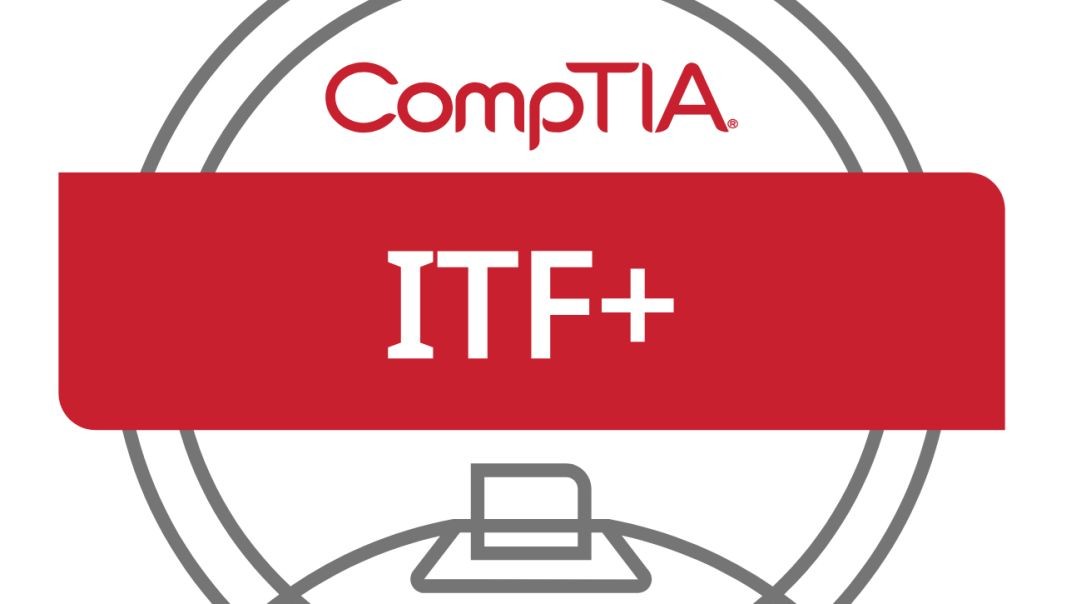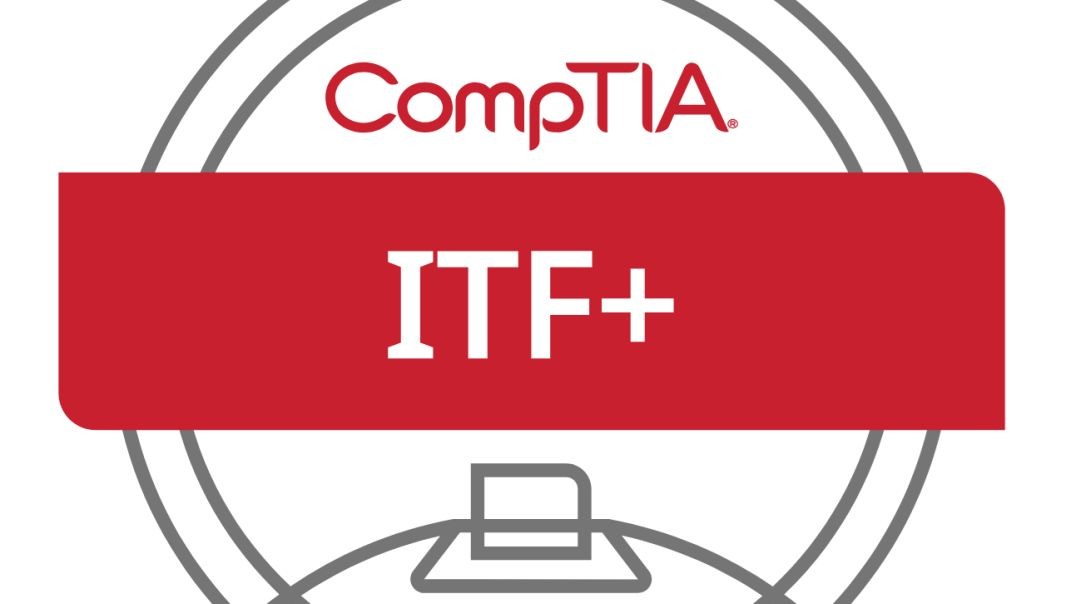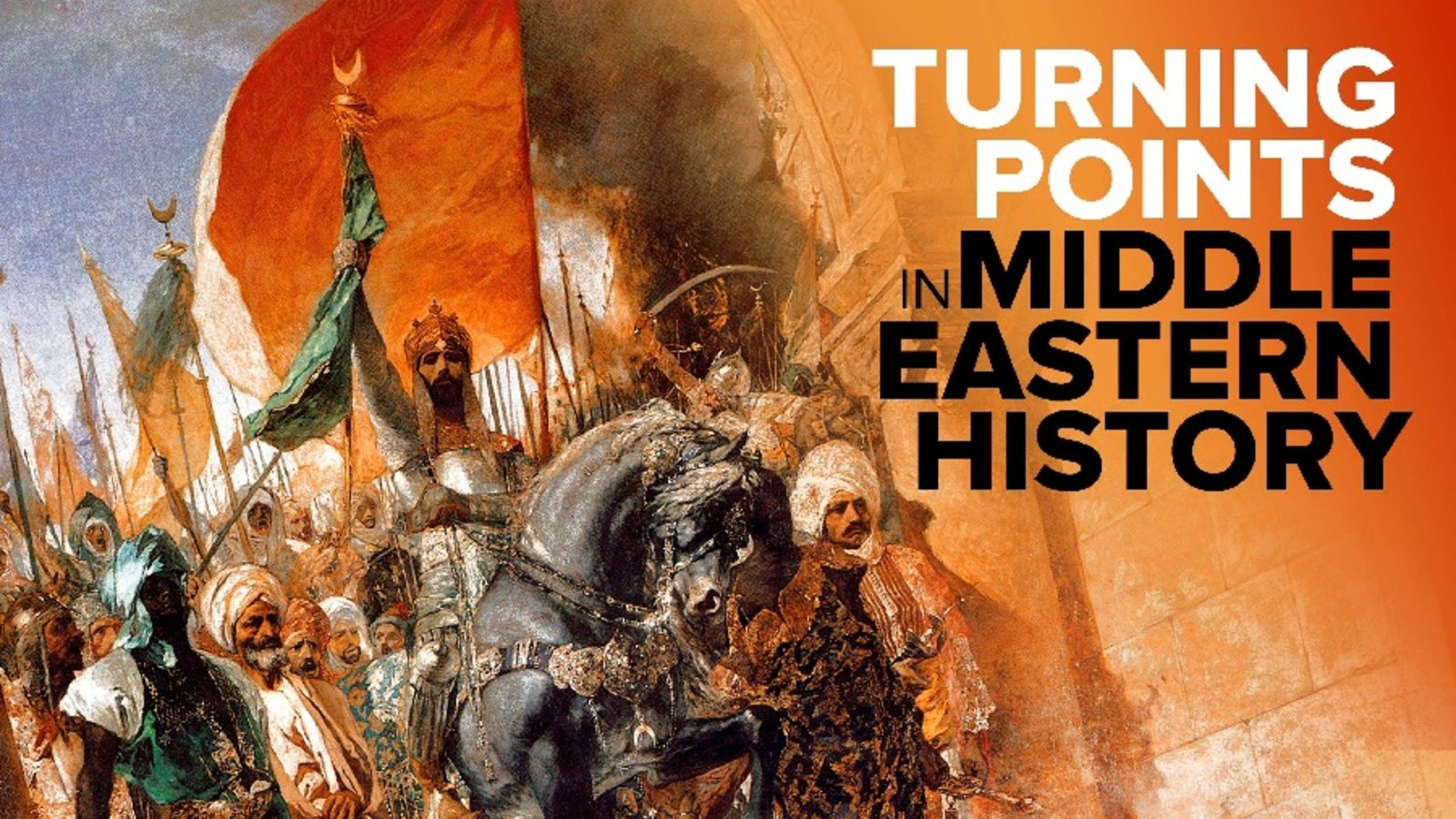Top videos
Part 13 of C# .NET Bootcamp: Hello World!
In this lesson you are going to learn how to create a new program... A classic Hello World application as a console application in the .NET platform using C# language.
Part 31 of C# .NET Bootcamp: Classes and Objects
In this lesson, you will learn about classess and objects, how you can define them and how to use them correctly.
CompTIA IT Fundamentals+ Course | Module 2 Part 6: Hexadecimal Notation
How can we make good decisions about important health and science issues if we cannot trust the news we get about them? Scientific knowledge, by its very nature, is always changing, but using some simple methods described in this segment, you can ascertain the validity of health and science information.
Part 41 of C# .NET Bootcamp: Polymorphism
Module 7 Part 4: Productivity, Backup, and Troubleshooting
Part 01 of Computer Networking Fundamentals: Overview
Module 1 Part 4: Input, Output, and Software Basics
You can't truly grasp a country's culture without understanding its ideas about the family. Explore the three main models of Japanese family life: the aristocratic model (uji), the samurai model (ie), and the postwar model. Along the way, learn about shifting attitudes toward domestic life, including women's rights and family planning.
CompTIA IT Fundamentals+ Course | Module 3 Part 3: Intellectual Property
CompTIA IT Fundamentals+ Course | Module 4 Part 6: Smartphones and Tablets
CompTIA IT Fundamentals+ Course | Module 1 Part 1: Introduction to CompTIA IT Fundamentals+
CompTIA IT Fundamentals+ Course | Module 5 Part 10: System Cooling
Part 03 of Computer Networking Fundamentals: Virtual Local Area Networks (VLANs)
Virtual Local Area Networks
At the end of this episode, I will be able to:
- Identify the characteristics and importance of VLANs.
Learner Objective: Identify the characteristics and importance of VLANs
Description: In this episode, the learner will be introduced to Virtual Local Area Networks or VLANs as well as identify the purpose of implementing them in networks.
- Introduction to Network Infrastructure
- What are VLANs? - A logical division of networked devices connected within a local area networked
- Why are VLANs important? - VLANs allow administrators to divide ports on a switch into logical groupings. This creates multiple logical switches out of a single physical switch. This can be done for performance and security.
- Understanding communication types
- Broadcast - A communication message that is sent by a single device to every other device connected to the switch.
- One to all communication
- Unicast - A communication message that is sent by a single device to another device on the network.
- One to one communication
- Multicast - A communication message that is sent by a single device to a group or subset of the devices on the network.
- Broadcast domain - A group of devices connected to a network that receive broadcast communications. This grouping can be based on physical or logical segments.
- Segments - A divison that splits a network into smaller parts.
- Broadcast - A communication message that is sent by a single device to every other device connected to the switch.
- Performance benefits - VLANs create virtual boundaries that reduce the amount of broadcast traffic between devices on a larger network and ease administration.
- Security benefits - VLANs allow network administrators to group devices together to assign an enforce security policies. Devices within a VLAN can only communicate with other devices assigned to the same VLAN.
- How are VLANs implemented?
- VLANs require configuration of managed switches.
- VLANs use tagging information that is inspected by the switch to determine which VLAN the communication belongs to.
Module 6 Part 4: Social Engineering, Backup, and Anti-malware
CompTIA IT Fundamentals+ Course | Module 18 Part 9
The 1683 Ottoman siege of Vienna is often cited as a critical turning point in European history. Investigate the events leading to the siege and battle, witness the dramatic defense of the city under the Polish king Jan Sobieski, and examine both the legacy of the clash and historical misconceptions surrounding it.
How did the decline of the court and the rise of the warrior class shape the evolution of Buddhist aesthetic, spiritual, and philosophical concepts? Find out in this illuminating lecture, which covers the massive growth of Pure Land Buddhism (the dominant form in Japan today) and the two main schools of Zen Buddhism.
Discover the reasons the Greek city-states were able to emerge intact from their conflict with a vastly superior Persian Empire. Learn, too, how the defensive alignment put in place to protect those states—begun as an alliance of equals—instead became an Athenian empire.
From 700 to 500 B.C., thinkers around the world began to turn to fundamental philosophical questions. This lecture focuses on those whose concerns addressed this world and its pragmatic issues through rational inquiry, including Confucius, the Legalists, and the Greek philosophers known as the Ionian Rationalists.


